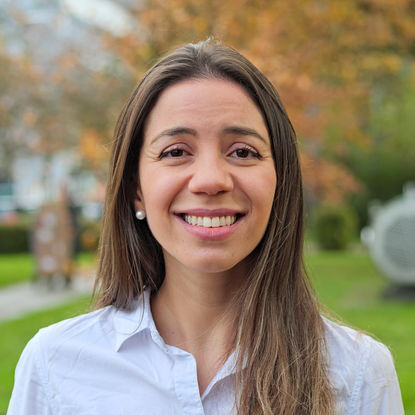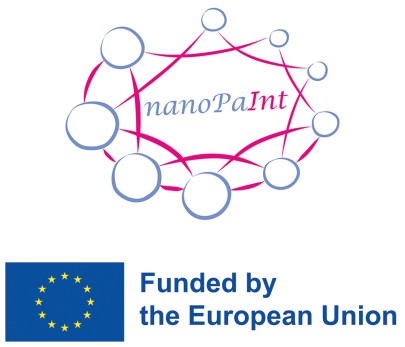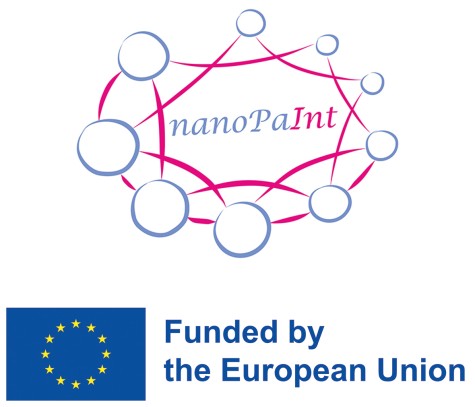Séforah Silva M.Sc.
Deposition of nanoparticles during spreading and evaporation of nanofluids
Contact
silva@ttd.tu-...
work +49 6151 16-22394
Work
L2|06 217
Peter-Grünberg-Str. 10
64287
Darmstadt
| Since 2021 | Researcher at the Institute for Technical Thermodynamics, TU Darmstadt/Evonik |
| 2020 – 2021 | Technical Specification Analyst at Unilever (Brazil) |
| 2017 – 2019 | M.Sc. Chemical Engineering, University of Campinas (Brazil) |
| 2011 – 2017 | B.Sc. Chemical Engineering, Federal University of São João del-Rei (Brazil)/Florida State University (USA) |
What does ink-jet printing and delivery of pesticides have in common? Both processes require a proper wetting of surfaces, which for those applications, is intrinsically related to a phenomenon known as superspreading. This phenomenon is typical of some trisiloxane surfactants, whose solutions are capable to rapidly spread over hydrophobic surfaces. Despite the numerous studies covering this topic in the last 30 years, there is no agreement within the scientific community on a single mechanism that explains how superspreading works.
The aim of this project is to understand the superspreading mechanism by studying the drop spreading of two different trisiloxane surfactants on hydrophobic surfaces using quantum dots as tracers. In an attempt to control nanoparticle deposition and pattern formation, different environmental conditions (temperature and humidity) will be also examined. The results obtained will be useful not only to have a better understanding of the superspreading phenomenon itself, but also to develop more efficient agrochemical formulations, for instance.
Further information
nanoPaInt
European Commission, Marie Skłodowska-Curie Actions, Innovative Training Network




